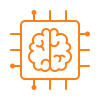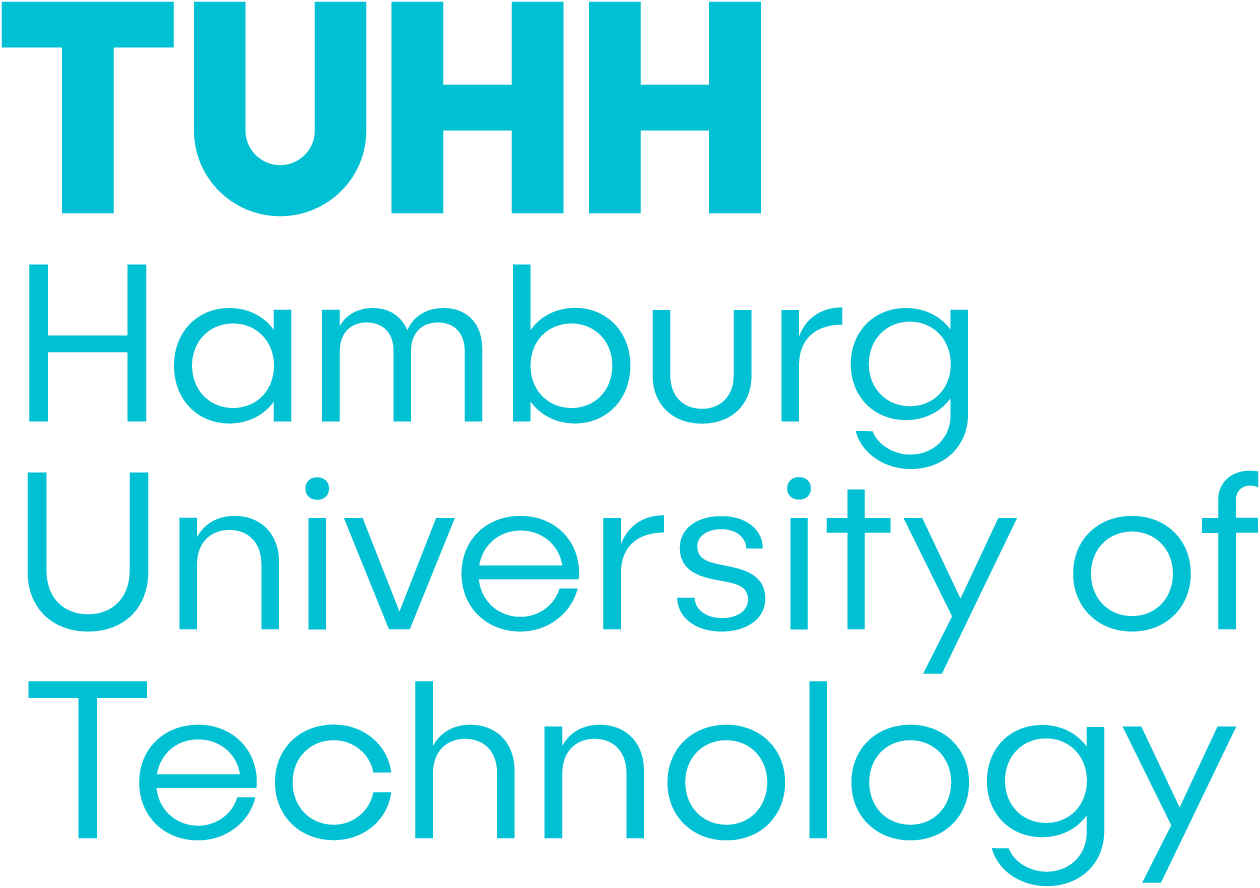Data Driven EMC + SI/PI
Our vision is to expand and support the classical approaches of EMC with new approaches that can be summarized under the term “data-driven.” This includes, for example, methods of machine learning, but also encompasses several other aspects that we would like to introduce here.
Data creation
 To make meaningful statements based on data, one primarily needs one thing: data! The challenge here is that EMC and the SI/PI fields often deal with very specific problems. For successful data generation, it is necessary to be general enough, but not too unspecific. Additionally, the required amount of data is a challenge due to its association with large volumes of simulations. Important questions that arise before and during data creation include, for example:
To make meaningful statements based on data, one primarily needs one thing: data! The challenge here is that EMC and the SI/PI fields often deal with very specific problems. For successful data generation, it is necessary to be general enough, but not too unspecific. Additionally, the required amount of data is a challenge due to its association with large volumes of simulations. Important questions that arise before and during data creation include, for example:
Which simulation or modeling method is appropriate?
What purpose do the generated data serve?
What is the application for the generated data?
Data processing
 Processing and preparing the data is a central task. It requires a high level of domain knowledge about both the source and the application of the data to ensure that it provides value for further applications. To use data for exploring physical relationships, it is crucial to prepare and use the data with the appropriate understanding. Important questions that arise in this context include, for example:
Processing and preparing the data is a central task. It requires a high level of domain knowledge about both the source and the application of the data to ensure that it provides value for further applications. To use data for exploring physical relationships, it is crucial to prepare and use the data with the appropriate understanding. Important questions that arise in this context include, for example:
Which Parameters are important?
Do the generated results make physical sense?
Which aspects need to be focused on
Methods
 The methods of data processing primarily involve statistical analysis and machine learning techniques. The goal is to explore how data can be used to solve problems in the development and application of technology in the modern world. Important questions that arise when choosing the methodology include, for example:
The methods of data processing primarily involve statistical analysis and machine learning techniques. The goal is to explore how data can be used to solve problems in the development and application of technology in the modern world. Important questions that arise when choosing the methodology include, for example:
Which models should I use?
What are the input and output variables?
What application can this model find?
Applications
 Application examples are as diverse as the field of EMC itself. They range from PCB design and filter design for electric vehicles to assessing the compatibility of medical implants. Additionally, measurement methods can be made more efficient and precise with improved data-based post-processing. Important questions that arise when searching for applications include, for example:
Application examples are as diverse as the field of EMC itself. They range from PCB design and filter design for electric vehicles to assessing the compatibility of medical implants. Additionally, measurement methods can be made more efficient and precise with improved data-based post-processing. Important questions that arise when searching for applications include, for example:
Where and how can processes be accelerated?
What is the data situation or the effort required for data creation?
What challenges exist in this field?

